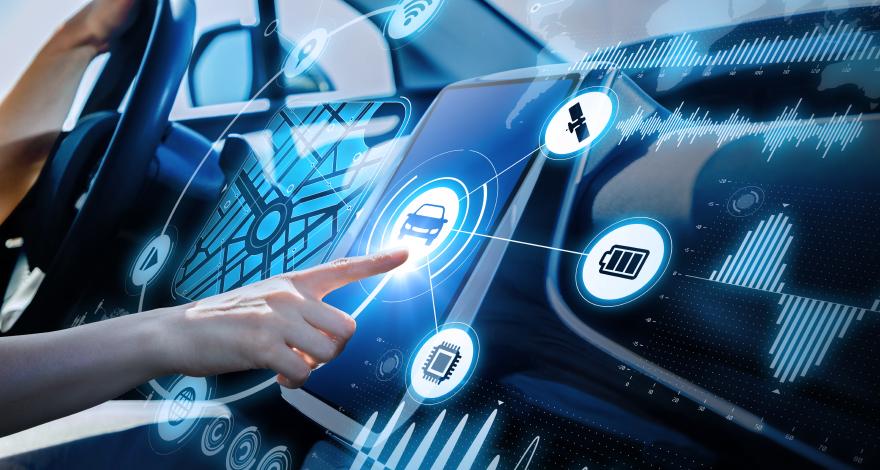We’ve seen technology advancements in almost every industry, and the automotive is no different. With the latest technology innovations, vehicle manufacturers can reach new limits in building safer, smarter, and more efficient vehicles for mass production. They are constantly testing new innovative ways for making their final products, and the automotive industry could not be imagined without technology.
A lot of things have changed over the past few years, and new trends are just going to keep on coming. That is why we decided to cover some of the biggest automotive trends that we can expect in 2020.
Autonomous Vehicles

Even though the word “autonomous” has been with us a few years now, we’ve still haven’t seen vehicles capable of fully autonomous driving. However, this year we expect to see a huge breakthrough in autonomous technology. Companies like Tesla, Uber, Waymo are constantly working on the autonomous vehicle idea, but the biggest problem we face with this technology is the decision making process. Nowadays, vehicles can be programmed to drive autonomously, but when it comes to big decision making such as few seconds before the accident, we still cannot expect the car to make the right split-second decision.
All Vehicles Connected
Vehicle connectivity is crucial for making vehicles safer and reducing the number of accidents. Basically, manufacturers want to create a communication system between vehicles. In other words, when you will be driving your car, there will be constant communications between other vehicles around you. This can be done by car-equipped Wi-Fi, as we’ve seen such a thing in the past. It is important for predicting accidents or for a more entertaining driving experience.
Improved Customer Experience in a Vehicle
Improving customer experience in a car has been one of the biggest challenges for car manufacturers. They work around the clock in finding a new way to make driving an easier and pleasant experience. This year we will see a lot of improvements in customer experience technology. Things like voice commands, which struggle to pick up an accent, will be a thing of the past. Also, Wi-Fi connectivity will allow the usage of apps in the car. Every type of technology for customer experience improvements such as commands, gestures, or navigation will be simplified and more efficient. This means your driving experience will be unlike we’ve seen ever before.
Reducing the Lifecycle of Vehicles
This is also very important for the automotive industry. The technology that is used in today’s vehicles has its advantages and disadvantages. For instance, it can provide safer and more efficient driving, but it will also shorten the lifecycle of vehicles due to new digital features on every vehicle. Unlike in the past, where vehicles were mostly mechanic with higher endurance, now complicated pieces of technology are more fragile. The lifecycle of a vehicle in the past was an average of 5 to 8 years, but we expect it to be reduced to 1 to 2 years due to high tech equipment.
Improved Maintenance
Not too long ago, it was hard to know what is wrong with your vehicle, especially if you are not an expert just because there were only a few flashing lights on the dashboard that resembled various things. However, the future will bring us better vehicle information and predictive maintenance. This means that vehicles will be able to detect faulty brakes, taillight burned out, or other problems before they even occur. This will improve the overall maintenance of vehicles and make them much safer to drive.
These are some of the technological innovations we expect to become a reality this year. The automotive industry is constantly moving, and it is becoming hard to keep up with it. The technology is moving fast. If you buy a new vehicle with top of the line technology, you should expect to be outdated within a year.
It’s like betting on the NBA teams: one year they might be ring contenders, the next one they might be one of the worst teams in history of basketball. You should know the value that things have now and predict the value they will have in a year or two.
